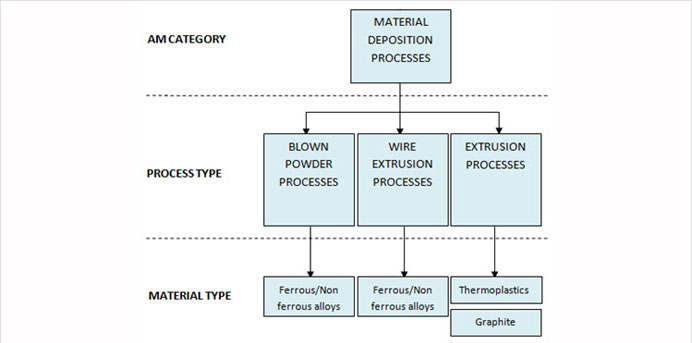
Three dimensional parts are built up in two-dimensional layers as little as 0.05mm thick allowing complex, interlinked components to be manufactured.

Interlinking cogs made via additive layer manufacturing. As each piece is an unbroken whole with no joins or weak points, ALM enables the manufacture of incredibly strong, complex components.
What is additive layer manufacturing?
Additive layer manufacturing (ALM) or Additive Manufacturing (AM) is a modern fabrication process that can use a wide range of materials to create products ranging from medical implants to parts of an aircraft wing. Three dimensional parts are built up in two-dimensional layers as little as 0.05 mm thick; this way of building parts offers great flexibility and opportunities for creating new products at low cost, whilst reducing the carbon footprint associated with manufacturing.
Additive manufacturing (sometimes also known as 3D printing) has received a large amount of press in recent years and is beginning to have a large impact on the way products are developed and made, increasing the opportunities for innovation and providing new ways of carrying out new product development, building jigs and fixtures or manufacturing new products.
ALM categories, processes, and materials
There are several different categories and processes of additive layer manufacturing available, each appropriate for different materials and requirements. These are detailed below.
Powder bed processes consolidate thin layers of powder using a laser or electron beam to fuse scans of the sliced Computer Aided Design (CAD) data to create the geometry. A recoater mechanism is used to lay down the powder on top of each scanned area, allowing you to build up the part layer by layer.

Material deposition/extrusion processes work by heating the material through an extrusion nozzle which follows a predefined deposition path, layering on top of a platform, depositing material on top of previous layers to create the 3-dimensional geometry. For metallics blown powder and wire extrusion can be used, however the material is melted at using a laser or electron beam at source.

3D printing works by laying down thin layers of heated material onto a platform. Either the head or platform will continuously be moving to deposit more material on top of each other to form the 3D object. Binders and powder can also be used to form 3D objects.
The liquid vat process solidifies thin layers together, using an ultraviolet (UV) curable thermoset polymer liquid with a solid state crystal laser to create the required geometry layer by layer, using Computer Aided Design (CAD) data. A recoater mechanism is used to cover the previous layer with the material enabling the next layer to be scanned.

